List of attractions in Montenegro
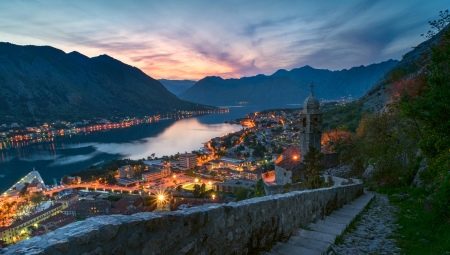
Montenegro is a real treasure trove of attractions, where picturesque cities with millennial monuments are perfectly combined with interesting Mediterranean culture. This is a small land of contrasts: In just one day, here you can splash in the warm waters of the Adriatic Sea, reach the peaks of the Dinaric Mountains and experience the weather characteristic of three climatic zones.
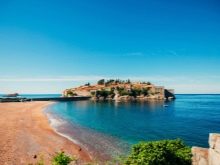
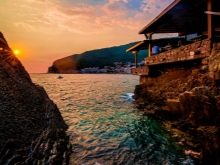
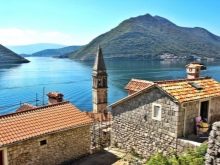
The shores of this country are washed by the Adriatic Sea. The length of the coastline is more than 70 kilometers, so there are beaches for every taste: sandy, pebble and concrete.
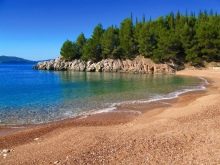

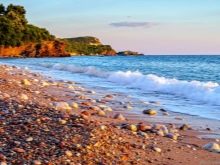
Top natural attractions worth seeing
Thanks to its beautiful coastline and sun-drenched beaches, Montenegro is becoming more and more popular with tourists every year. However, apart from a delightful beach holiday, Montenegro has a lot to offer the tourist.
Islands
St. Stephen's Island is perhaps the most famous in Montenegro. Many travel guides and posters promoting the country feature a photograph of a rocky islet dotted with medieval-style stone houses on the covers of many travel guides and posters. The island is connected to the mainland by a narrow sand spit. It used to be a small fishing village, which the socialist authorities turned into a luxury hotel. Unfortunately, the island cannot be visited during a regular excursion, because it is a gated resort complex.
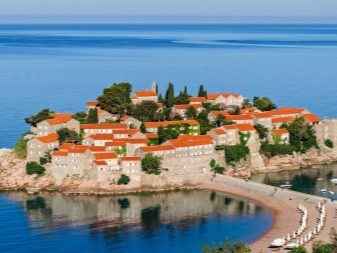
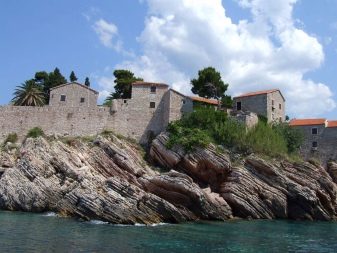
The guests of this hotel are world celebrities such as Elizabeth Taylor, Sophia Loren, Sylvester Stallone, Claudia Schiffer.
The Island of Flowers is a wonderful place in the Tivat Bay. The size of the island is only 200x300 meters. It owes its name to the rich flora that grows in this small piece of land in the Mediterranean. Strictly speaking, this place is not quite an island, since it is connected to the land by a small isthmus. But this bridge allows tens of thousands of tourists to visit the Island of Flowers every year.
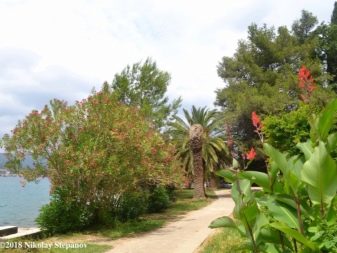
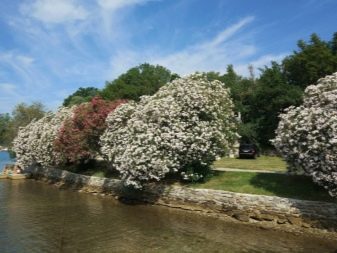
Rivers, lakes and bays
In addition to the islands, this sunny country has many natural reservoirs, striking in their beauty.
Tara river
The Tara River Canyon is the most famous canyon in Montenegro. The Tara River, 144 kilometers long, flows in the northeastern Durmitor National Park. This creates a canyon that is the deepest in Europe and one of the deepest in the world. It is 78 kilometers long and 1300 meters deep. Noteworthy here is the Djurdzhevich Bridge. At the time of completion, it was the world's largest concrete bridge. But to this day, the breathtaking views and monumental architecture that fit perfectly into the surrounding landscape.
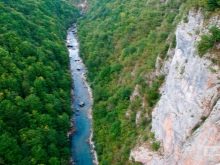
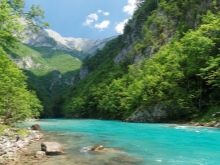
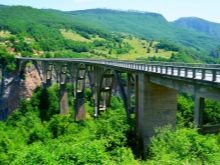
On the Tara River you can try very entertaining and interesting rafting.
Beer River
The Piva River with an artificial reservoir (Lake Piva) encircles Durmitor Park from the west. Heading north just before the border with Bosnia and Herzegovina, it merges with the Tara River to form the Drina River... Rafting is also available on Piva, but it is not as spectacular and popular as on Tara. On the twenty-six kilometers of the Piva Canyon trail, there are several tunnels, bridges, dams, and many exciting turns. It is definitely worth a visit, as the Piva Canyon is considered one of the most beautiful in Europe.
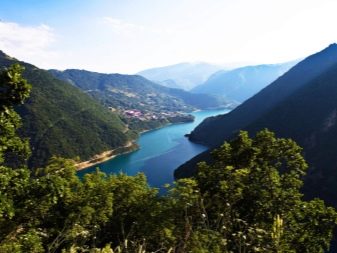
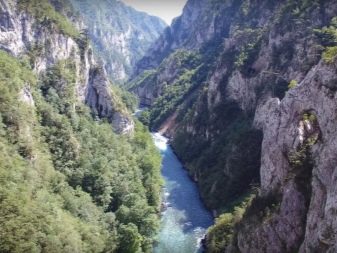
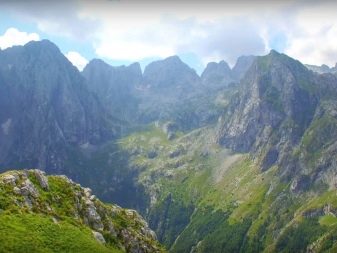
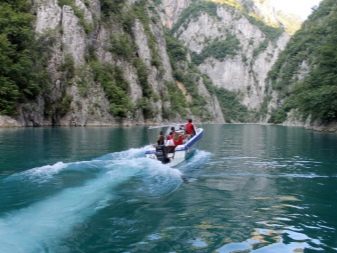
Moraca river canyon
Another famous canyon in Montenegro is Moraca canyon, connecting the Durmitor National Park with the central part of the country - Podgorica... The most breathtaking and interesting views come from visiting the canyon by car. This route is well worth tackling as there are scenic cliffs, long tunnels and suspension bridges along the way.
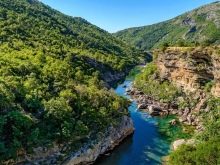
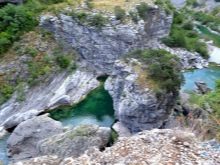

Canyon Nevidio
The Nevidio Canyon was only discovered in 1965 and has not yet been explored. Its length is 2.7 km, the average depth is 150 meters, and the height of some waterfalls exceeds 100 meters.
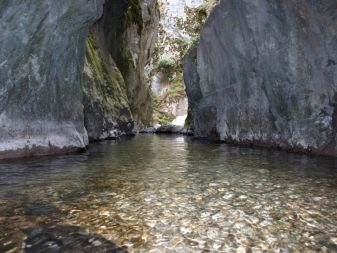
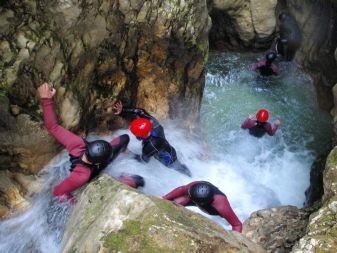
The bottom of the canyon is already a meter away. This is one of the biggest challenges for hikers and climbers.
Bukumir lake
Small Bukumir Lake is nestled among the picturesque mountains and meadows. It is believed that this place is as beautiful as the Durmitor Mountains. From the capital of Podgorica to the lake, drive 40 kilometers along a picturesque mountain serpentine.
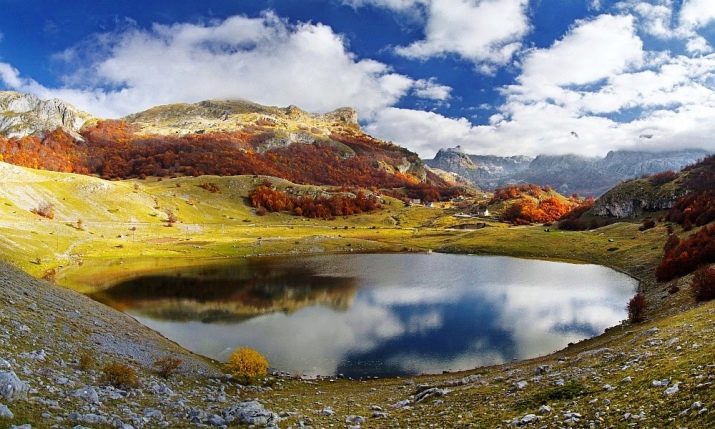
Bay of Kotor
Kotor and the entire Bay of Kotor are amazingly beautiful. The city is located in the southeastern part of the Bay of Kotor. The Old Town with its narrow winding streets is especially interesting. Kotor is visited by a large number of tourists every summer, but this does not in the least interfere with enjoying the beauty of the landscapes and quality rest. Boka Kotorska Bay is the largest bay in the Adriatic Sea and one of the most picturesque. The bay is also often called the fjord.
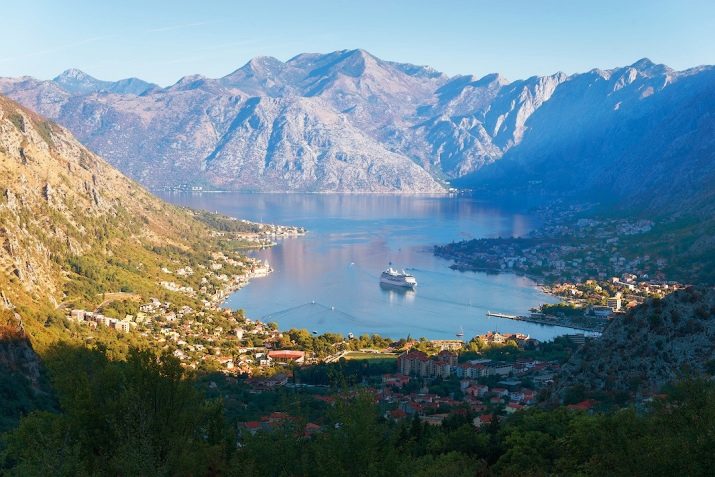
If so then it is the only fjord outside Norway, and the only "warm" fjord in Europe... The water here is always clear and of an amazing turquoise color, which changes depending on the time of day. In addition, the famous Blue Cave is located in this bay.
Its name comes from the fact that the sun's rays penetrating into the grotto, after refraction in the waters of the sea, give a wonderful blue color to the walls of the cave.
Skadar lake
The largest lake in the Balkans, which forms the natural border between Montenegro and Albania. Its depth is 44 meters and its area is 390 square kilometers. The lake plays an extremely important role in the ecosystem of the entire areaas its waters are rich in fish and it is home to two hundred species of birds. This is one of the few European pelican habitats.
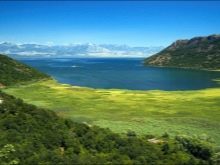
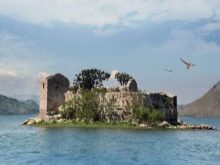
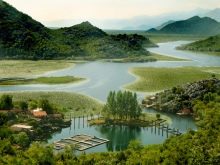
In 1995 the area was included in the UNESCO list as a wetland of international importance. Picturesque old villages are located on the shores of the lake. The islets scattered around the lake are full of historic churches and fortresses.
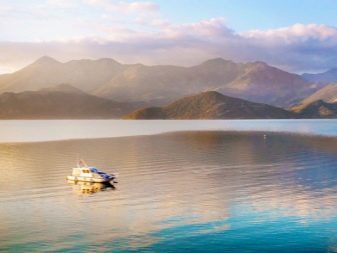
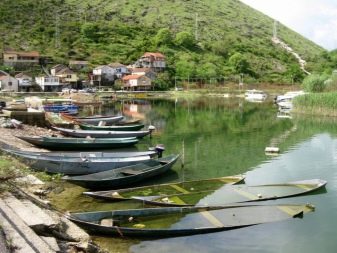
The hot springs
The most famous thermal resort in Montenegro is Igalo. It is located on the Adriatic coast, 8 km from Herceg Novi. Several thermal springs have been found along the coastline with a high content of sulfates, magnesium and calcium, and excellent medicinal properties. Local mud also has healing qualities.
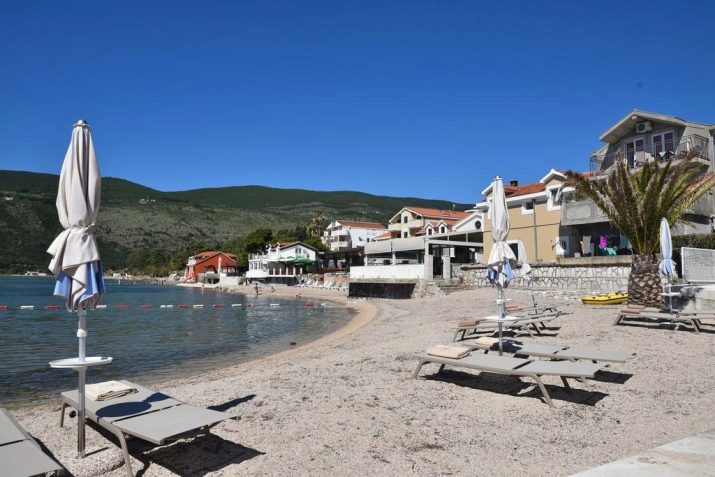
Ulcinj is the southernmost city in Montenegro. In this part of the Adriatic, it is known primarily for the longest, 13 km long beach. For women, this part of Montenegro can be useful by the fact that for 1.5 euros you can use a unique thermal spring. A mixture of hot spring water with sea water has a beneficial effect on reproductive disorders and gynecological diseases in women. The beach has sun loungers, shelters from the sun, showers, toilets, cafes. In addition, after taking a thermal bath, you can enjoy the views of the city itself.
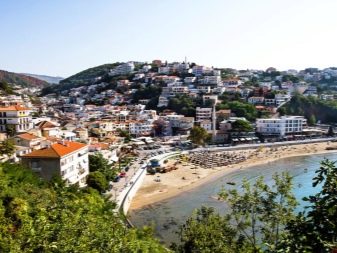
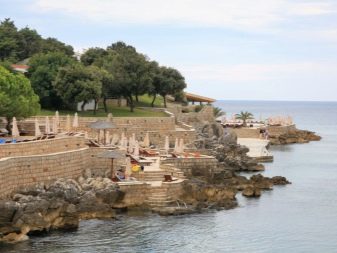
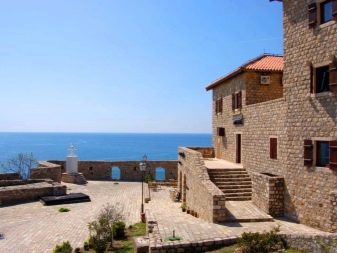
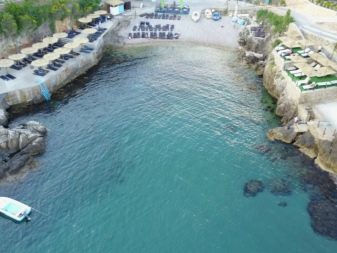
The old stone town, perched on a hill, is an ideal spot for romantic sunsets.
But in the Vrmak Medical Center, located in the resort town of Prcanj, adults and children can receive treatment for the following problems:
- allergic diseases;
- spine disease;
- arthrosis and arthritis;
- disorders of the cardiovascular system;
- chronic diseases of the bronchopulmonary system;
- post-traumatic rehabilitation;
- postoperative conditions;
- transferred myocardial infarction.
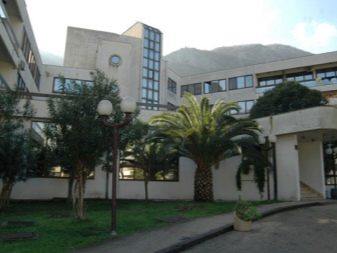
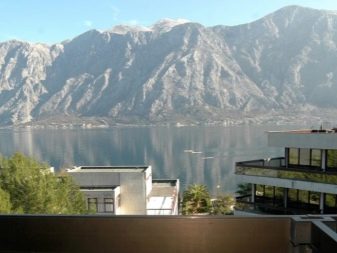


Thermal pools, hydrotherapy, ultrasound and laser therapy are used as therapeutic procedures. It has its own pebble beach and sports grounds.
Bijelo Pole is a town in the vicinity of which there are several springs with mineral and thermal water. They have a healing effect in various pathologies. For example, people from all over the country travel specially to collect the healing water of the Kiseljak spring.
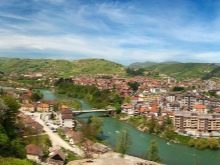
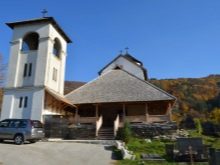
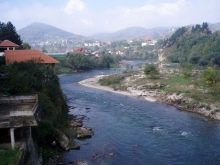
National parks
The Durmitor mountain range is one of the most popular tourist destinations. This is due to the fact that there is a wide variety of natural and man-made attractions. On a vast territory, among the picturesque mountains, ancient forests, lakes, rivers and alpine meadows, mesmerizing views open up that will excite even the most sophisticated tourist.

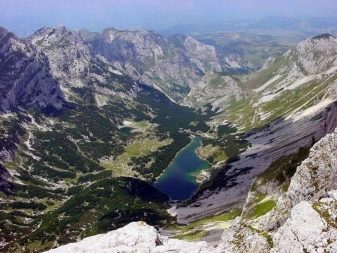
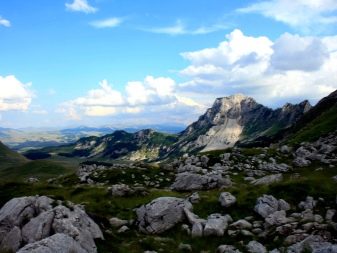
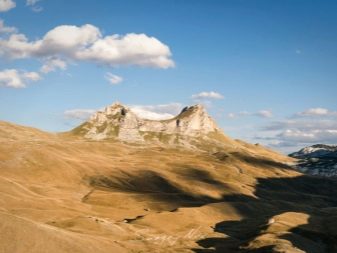
The park has about 20 beautiful lakes with crystal clear water. The most visited is Black Lake, located at the beginning of the park. Durmitor is also famous for its many natural caves. One of the most popular is the Shkrk cave, located next to the Black Lake. Its length is almost 800 m.
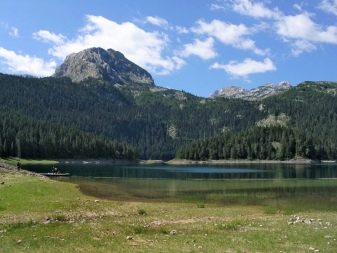
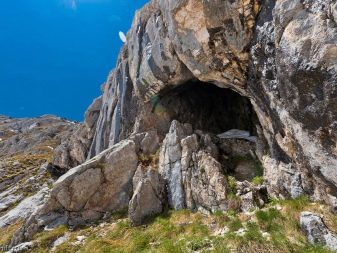

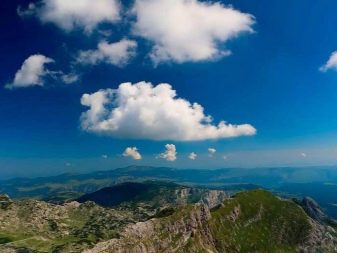
In addition, it is the deepest cave in Montenegro.
Another phenomenal mountain range is Lovcen. We are talking about the Lovcen National Park, which may not be the largest, but this is definitely the place that should be included in the route through Montenegro. Mount Lovcen ends with two peaks. The first is Shtirovnik, 1749 m high, and the second is Jezerski vrh (1657 m). From the top of Jezerski vrh, a stunning view of the bay opens, and in clear weather, the whole of Montenegro. At the very top there is a memorial to the ruler and bishop of Montenegro - Peter II Njegos.
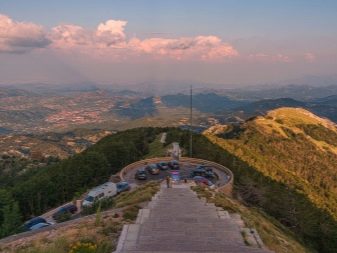
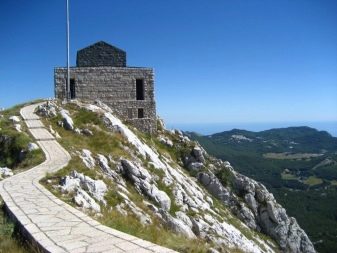
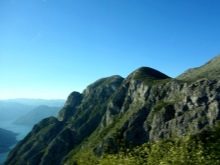
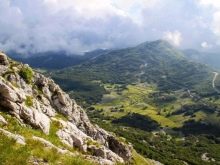
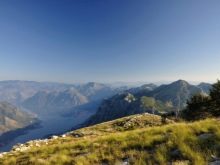
Biogradska Gora is one of the oldest nature reserves in Europe. It certainly deserves the attention of tourists. The territory of the reserve is covered with pristine forests (1600 hectares), which are carefully protected by the state. Various representatives of flora and fauna are represented in the forests.According to the description of many tourists, the "pearl" of the reserve is Biogradsko Lake, which is located near the entrance to the park, at an altitude of 1094 meters.
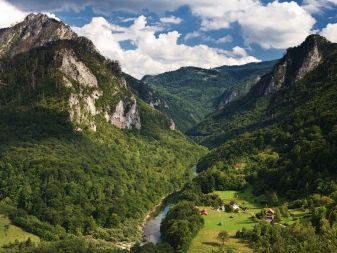
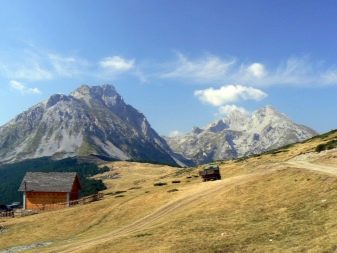
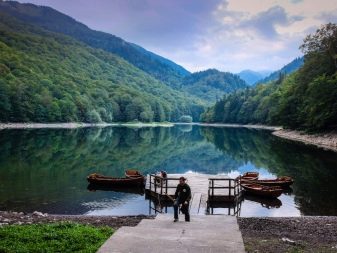
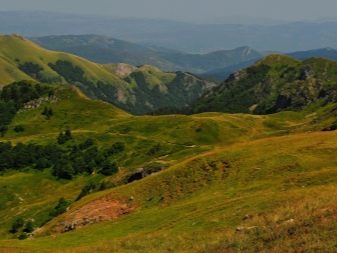
The cultural program
The nature of Montenegro is definitely something that always deserves attention, even if you are not visiting for the first time. However, in addition to this, the country is rich in cultural and historical monuments and beautiful cities, some of which must be seen in time.
Cetinje
The town of Cetinje is located at the foot of Mount Lovcen. We can say that the time in the city slowed down, it stopped developing. There are practically no new shops, cafes, hotels and houses in it. Nevertheless, the city has something to show the tourist. There are quite a few historical sights in this small town: churches, monasteries, museums. Among the most famous are the Vla Church of the mid-15th century, the "Billiard" palace of the 30s of the 19th century, the palace of King Nikola I of the mid-19th century.
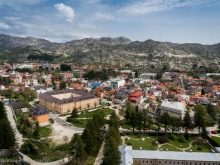
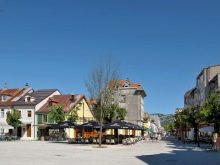
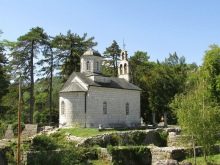
Also, tourists are attracted by leisurely walks along tiny streets, and the opportunity to walk along mountain trails.
Podgorica
Usually the capital is associated with the most representative, stately and popular city in the country. As for Podgorica, there are some deviations. This is not surprising: the merciless bombing during the Second World War literally swept the city off the face of the earth, so there are few monuments of antiquity and ancient architecture preserved here.
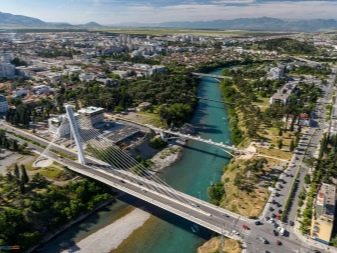

However, the city has a lot to see.
- Church dedicated to St. George. It was erected in the 10th century.
- Memorial in honor of 97 partisans buried in this place during the Second World War.
- Monument in honor of Vladimir Vysotsky, Russian singer and poet. Moscow donated this sculpture to the city of Podgorica in 2004. Vladimir was immortalized with a guitar in his hands.
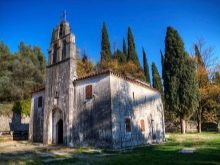
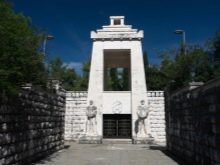
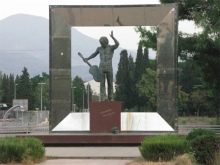
This is not the whole list of attractions in the capital of Montenegro. Here everyone will find something interesting for themselves.
Budva
It is the most popular city in the coastal part of Montenegro, competing for tourists with the Croatian Dubrovnik. Budva is also called “the little pearl of the Adriatic” and is more than 2500 years old. It is the largest and most famous resort in Montenegro, with numerous beaches, restaurants and hotels. The conditions for accommodation and various events are very developed here, so this place is always crowded.
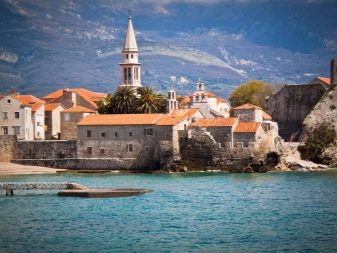
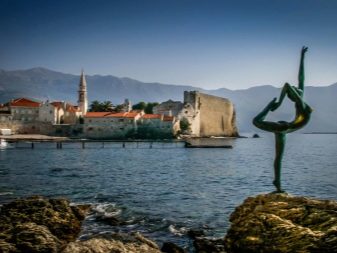
Must visit the Old Stone Town - he makes a really strong impression. Narrow streets, colorful wooden shutters, cats that have mastered all corners and gates, charming restaurants and cafes, old, mysterious churches. In short, a typical Adriatic landscape not to be missed.
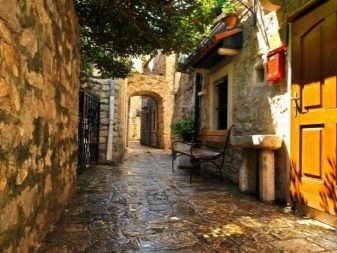
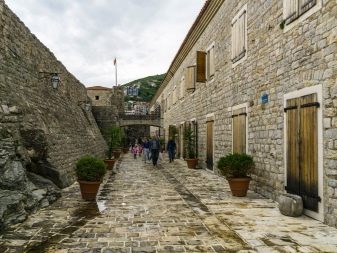

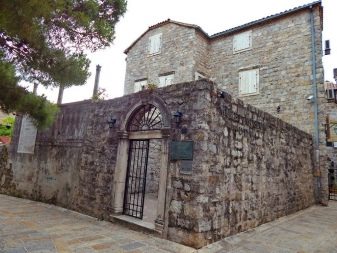
In the Old Town, you can connect to free city Wi-Fi, which, although a little slow, works.
On the one hand, Budva is a beautiful seaside town with fantastic beaches and a beautiful Old Town, and on the other, it is one big tourist car with loud clubs and crowded hotels. Narrow streets and colorful shutters are a hallmark of Budva.decorating stone architecture. It is worth visiting the streets that hide the works of artists from Venice of the 15th-17th centuries. And also take a walk along the rocky Cape Vidikovac, which offers an amazing view, especially at sunset.
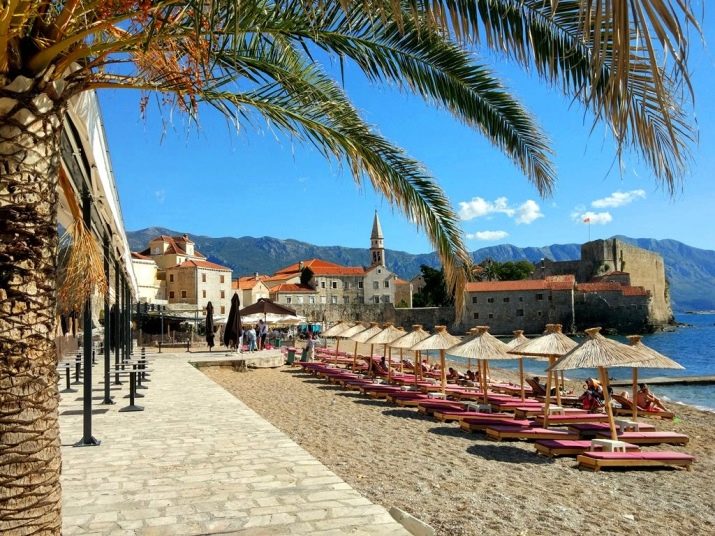
Budva, with its wide, well-maintained beaches, numerous restaurants and hotels (sometimes very expensive), as well as the Old Town overlooking the sea, built on a cape in the 15th century by the Venetians, is the most visited place in Montenegro.
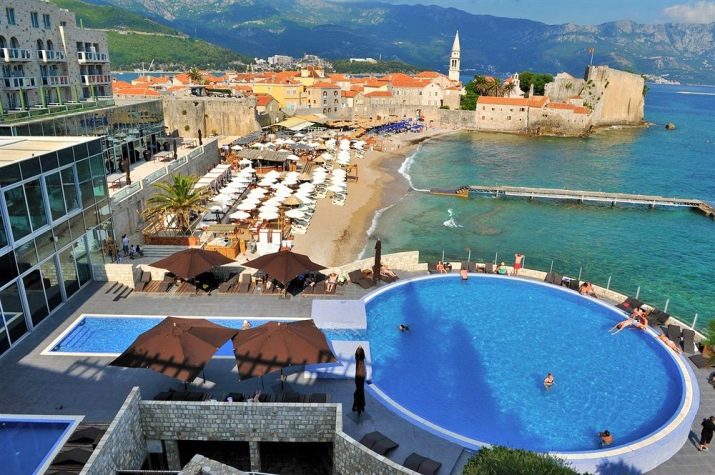
Herceg Novi
Herceg Novi is the former city of the Bosnian king Tvrtko I, and today it is a combination of trendy spa and historic buildings. Due to the specific microclimate Herceg Novi is sometimes called the most Mediterranean of all cities in Montenegro. Apart from several historic churches and renovated tenements, there are two well-preserved fortresses.
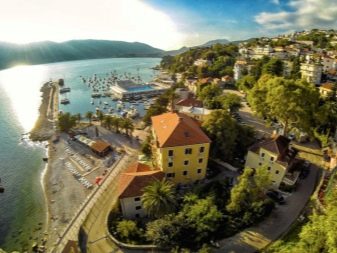

In the summer, the city organizes an open-air cinema, and it's amazing to watch a movie while enjoying the sea view. What absolutely wins in Herceg Novi is food. In addition to the typical Balkan food, you can taste seafood here at very competitive prices.
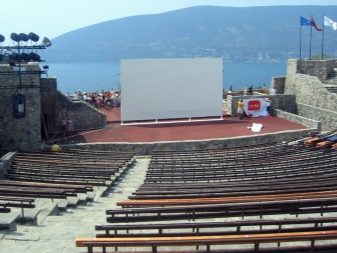
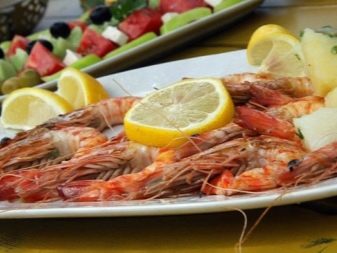
Of the minuses of the city, it can be noted that the beaches in Herceg Novi are concrete and very crowded.
The most beautiful castles and monasteries
In order to see the most exciting sights of Montenegro, it is enough to plan a two-week vacation in this amazing country. The country is relatively small and most trips can be done in one day with your own car or with the help of a travel agency. During this time, you can see the following amazing places.
Locks
Old Bar is the most beautiful place in Montenegro. Located just 4 kilometers from the coast, it offers a break from the tiresome crowds and other tourists. In the center of the city there is a small street, all made of stone. The street starts from the well, then gradually descends, and rather steeply rises to the ruins of the fortress. The ruins of the castle are the main attraction of the Old Bar in Montenegro. They are ideal for those who love the Middle Ages. Remains of a medieval city have been preserved in the immediate vicinity of modern Bar.
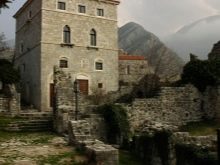
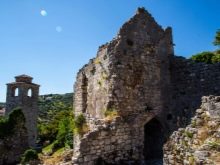
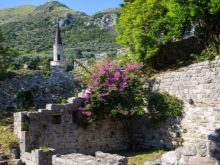
The bar, conquered by the Turks, gradually lost importance for the new port created in the area. In addition to modern buildings, many medieval buildings have survived since the Ottoman occupation (churches at the turn of the XIV-XV centuries or a citadel, erected on the site of the episcopal palace). Today it is a real labyrinth of ruins, where while walking you can feel the breath of past eras. From the Old Bar there is an ascent to Mount Rumia, where on one side you can see Lake Skadar, and on the other - the Adriatic Sea.
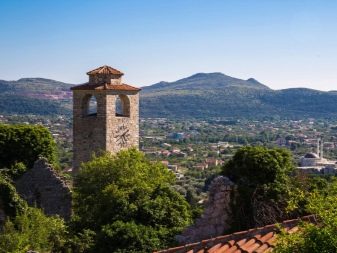
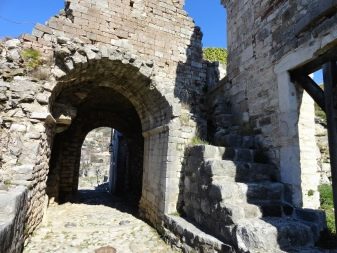
In addition to the mountains and unearthly views, from the Old Bar you can walk to the oldest olive tree in Europe. This tree is one of the most important landmarks of Montenegro in general. The tree is believed to be over 2000 years old. To get there, you need to go in the opposite direction of the fortress. Today the trunk of an olive tree reaches ten meters in diameter.
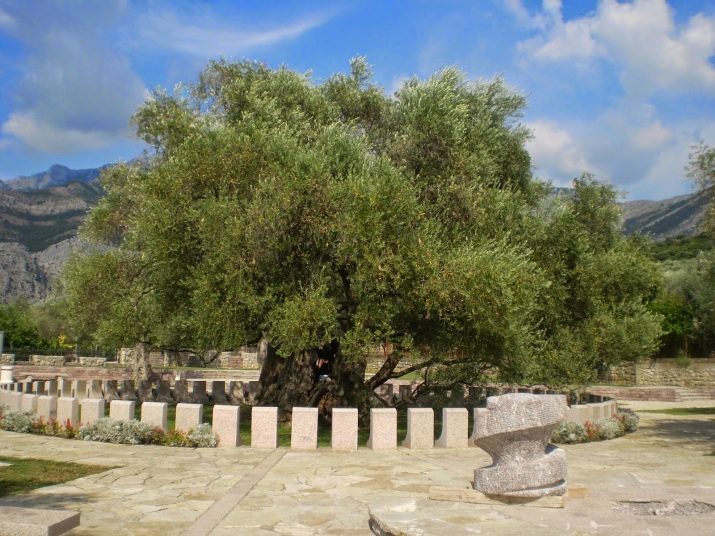
There is a legend that people who are in a quarrel come to an old olive tree to make peace.
Herceg Novi is protected from the north by the ancient wall of Mount Orjen, and from the south it is adjacent to the entrance to the Bay of Kotor. Here is the Mare Fort, which is the symbol of the resort town. This fortress was built by the Bosnian king Tvrtko in the XIV century. Today, it hosts music festivals and shows films in the open-air hall.
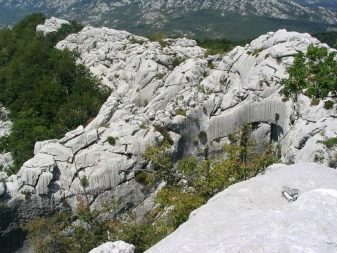
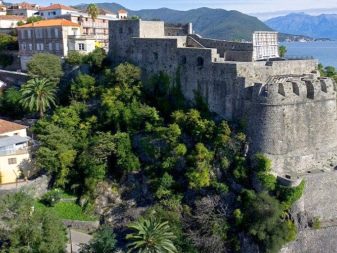
Monasteries
Ostrog is one of the most beautiful and most visited monasteries in Montenegro. Its design is unique - the building seems to be a bas-relief in the rock. The beginning of one of the main shrines of the Serbian Orthodox Church dates back to the 17th century. The founder of the complex was Metropolitan Zakhumskiy and Getsegovinskiy, canonized after his death by Vasily Ostrogskiy - hence the name of the monastery.

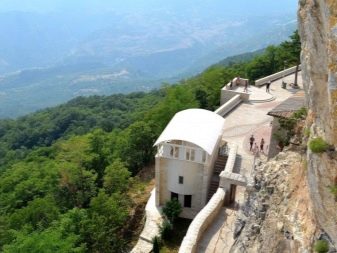
The complex consists of two parts, the older and more impressive of which is built into a vertical rock above the Belopavlik plain.
The holy monastery consists of two parts: the lower monastery and the upper one, located in the rock. In the upper monastery there are two small churches: Holy Cross and Vvedensky, in which the relics of St. Basil are. The founder's relics are credited with miraculous powers.
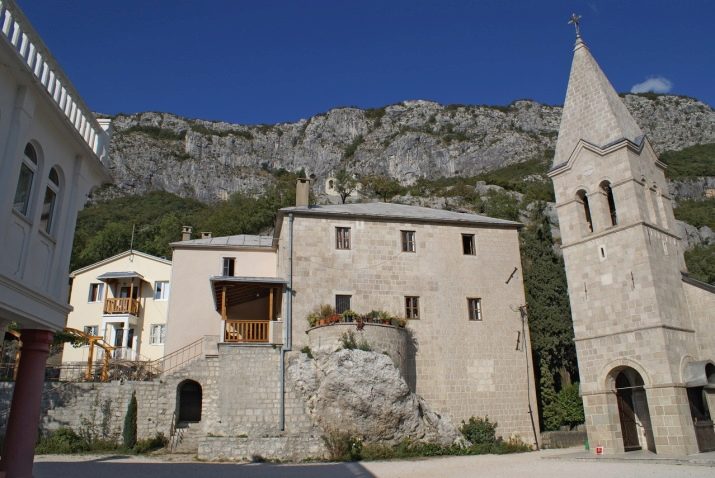
The Lower Monastery appeared in the middle of the 19th century, there is also a church built in honor of the Holy Life-giving Trinity, as well as fraternal cells. A visit to the Montenegrin monastery is a real pleasure for art critics too. The walls of two of the four churches are decorated with 17th century frescoes.In the largest of them 17 bells sound during holidays and ceremonies, the most famous of which weighs 11 tons and is considered the largest bell in the Balkans.
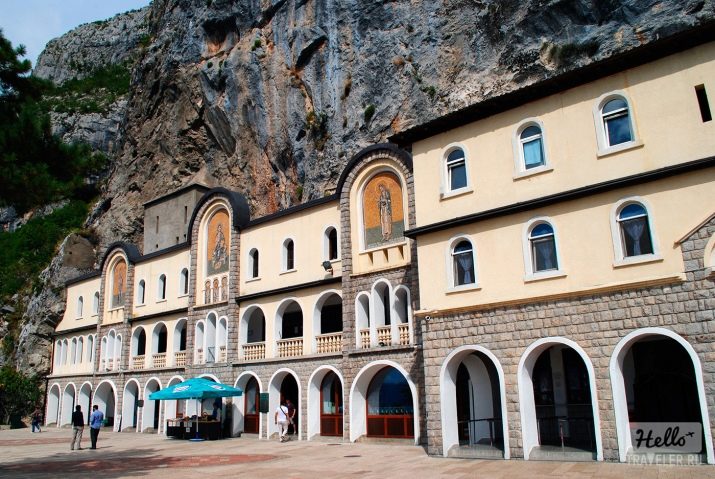
As for the Moraca monastery, "the folk path does not overgrow." Pilgrims and tourists from all over the world climb high into the mountains every day to the river canyon where the monastery is located to visit this famous religious monument. The fortress of St. John is also worth getting to know. These Venetian fortifications, listed by UNESCO, will impress any tourist. In addition, the fortress is adjacent to the church of St. John. Anyone can visit all these attractions. But in order to get there, you need to climb 1400 steps, which takes about 1 hour.
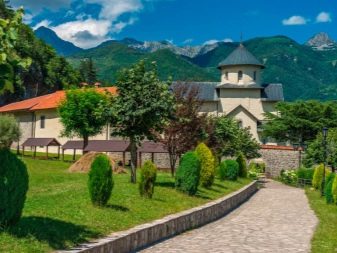

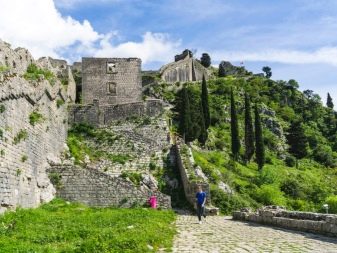
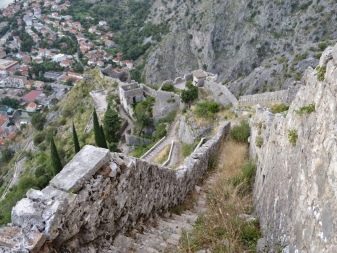
But the stubborn tourist will also be rewarded with the opportunity to enjoy the beautiful view of the sea and the panorama of the ancient city.
The Church of St. Nicholas in Perast is located on the main city square. Saint Nicholas in the Middle Ages was considered the patron saint of seafarers. The bell tower, 55 meters high, symbolized the wealth of the city at that time.
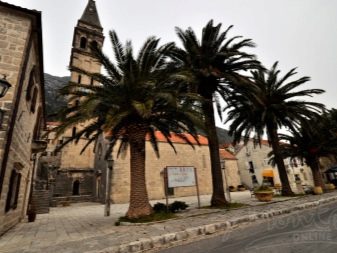
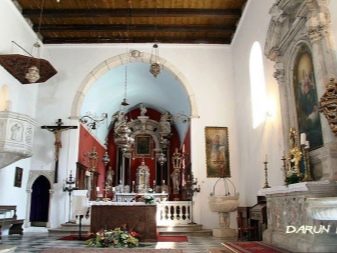
Interesting places to visit with a child
In Montenegro, one might say, there are two capitals. One of them is active - Podgorica. The second, Cetinje, is the former capital of Montenegro. Although both cities are not located directly on the coast, they have a lot to offer traveling families. The town of Cetinje lies at the foot of the Lovcen massif, around which a national park was created, where you can have a great time with children. On Jezerski vrh (1657 m above sea level) there is a memorial to Petr Njegos - the former ruler of Montenegro and poet.
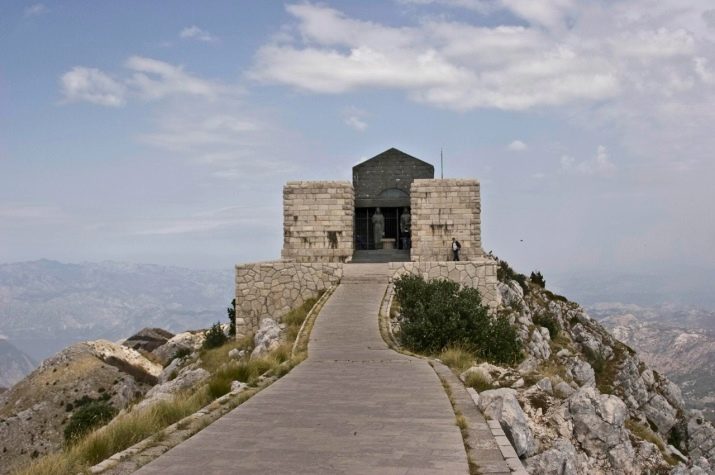
A visit to the museum is useful for self-education and expanding the horizons of children.
Not far from Cetinje there is a cave discovered in the 19th century. A special small steam locomotive drives up to it. Inside the cave, the guide talks about its history. Then an independent examination and photo sessions are carried out (for example, against the background of stalactites). The ticket price for an adult is 20 euros, for children 5-10 years old - 10 euros.
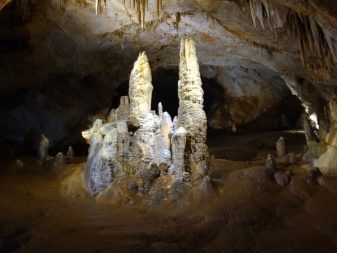
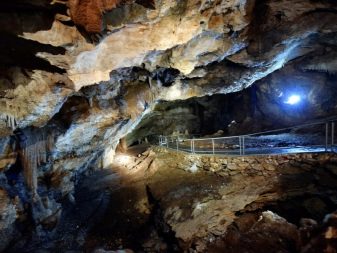
In the western part of the current capital, Podgorica, it is worth seeing the clock tower, built in the 17th century by the Turks, or the modern observation tower on Mount Daibabe, which offers a wonderful view. There are quite a few attractions and entertainment for children of different ages in Montenegro.
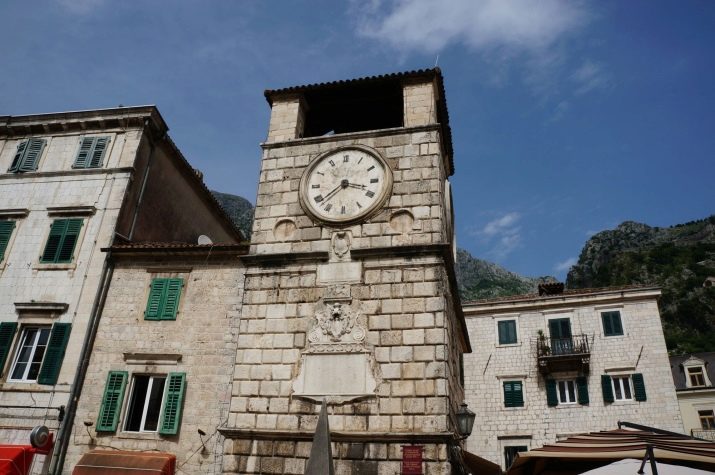
In Budva, next to the Slavic beach, there are attractions with trampolines, roller coasters, carousels and cars. Tickets cost 1-2 euros. The beach has free carousels, swings and a range of playground options. You can also go for a swim on a small boat with a transparent bottom, through which children enjoy watching fish or sea urchins. True, the delight of children is enough for the first 15 minutes. Then it gets boring.
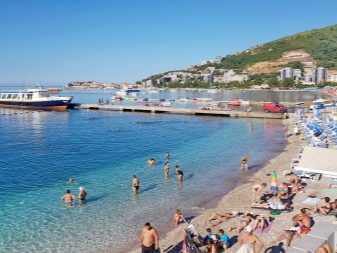

Tourists can feed the animals and take pictures with them.
A half-hour walk costs 10 euros for adults, and for children under 2 years old - free.
Budva Zoo is pretty sparse. Rather, it is a living area with cages in which kids, deer, rabbits and turtles are kept. There is also an open-air aviary with birds. This menagerie is located next to the restaurant at the central bus station. In the restaurant itself, children can have fun in the dry pool, labyrinth or on the small slides in the playroom. There is one plus - all this is free if you order anything from the restaurant menu.


It should be noted that, despite all the richness and variety of attractions in Montenegro, there are no traditional zoos here. It is difficult to say why this happened. The private zoo in the mountains can also be a consolation for those who like to observe the animals up close. In fact, this is a private farm where animals are in a difficult situation, where they are treated, looked after. Animals move freely around the farm.


Tourists can feed the animals and take pictures with them.
Children will probably enjoy the water park near Budva the most. There are many slides in the children's area of the water park. Rescuers work at each slide, carefully watching the children. The only bad thing is that the water is quite cold in the morning. It only warms up for dinner. The children's pool floors are peeling, and the toilet locks are broken. The water cannons of children's slides are often jammed.
Three-level water park:
- with a swimming pool 0.4 m - for all children;
- with a pool for children taller than 1.2 m;
- with a swimming pool for those above 1.4 m.
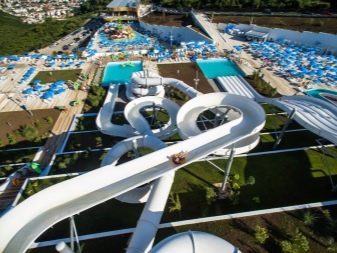
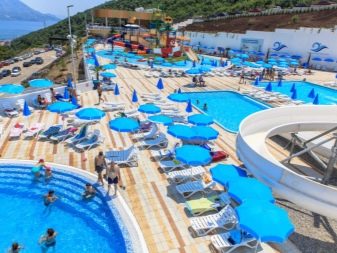
A visit to the water park costs 16 euros for adults, 9 euros for children. For kids under 1 m tall, admission is free.
There are other interesting places for children besides Budva. For example, in Lovcen Park there are rope attractions (for children over 5 years old). Entry to the park costs 2 € for adults, and free for children. There are 10 tracks in total, quite difficult but interesting. The cost of passing the route is from 8 euros. In addition, there is an opportunity to ride horses or rent bicycles or ATVs.
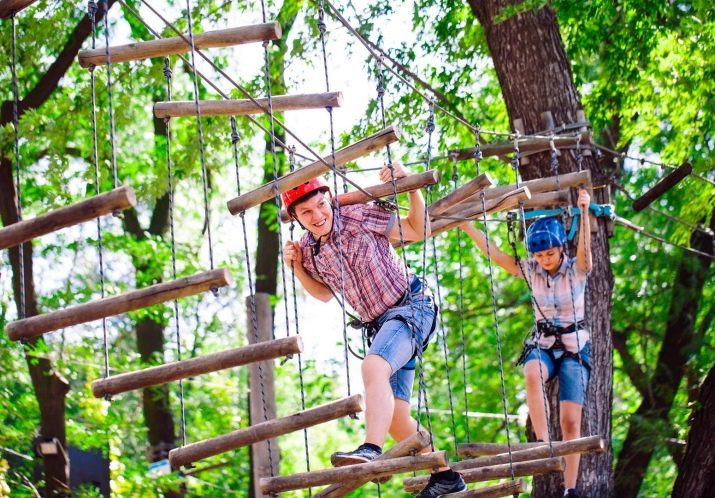
The Maritime Museum in Tivat consists of rooms in which exhibits are stored: navigation devices, ship equipment and others, and a real submarine. It is quite interesting for children to be inside this boat (its name is "Hero") and to feel everything with their own hands.
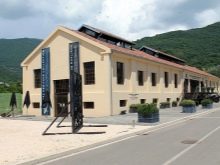
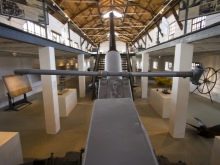

What else can you see?
Before you go to explore interesting places in Montenegro, you should decide on the choice of transport. There is a fairly good bus connection in Montenegro. Although this is not the most convenient transportation, as it is necessary to synchronize the travel schedule with the bus schedule. But without any problems you can get to the most remote part of Montenegro.
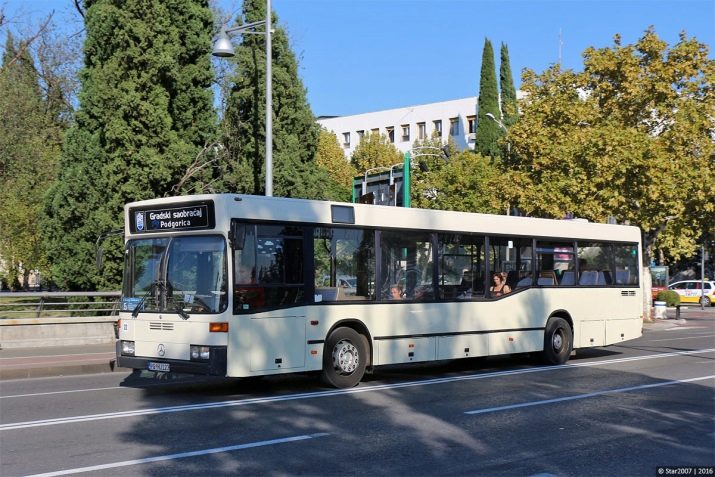
In addition, there are also two railway lines. Trains in Montenegro run on the Niksic - Podgorica and Tuzi routes, as well as perpendicularly, on the Bar - Podgorica - Bijelo Pole route, and further to Belgrade. This second train route is considered one of the most beautiful in Europe, which can be an interesting alternative to the standard Montenegro tour. For example, you can go to Serbia, spend the night and return the next day, admiring the beautiful views.

There are no railway lines along the coast of Montenegro.
The most popular way to travel around Montenegro is considered to be independent travel by car. You can immediately come to Montenegro by car or rent a car. It is very convenient and allows you to see more attractions than traveling by bus.
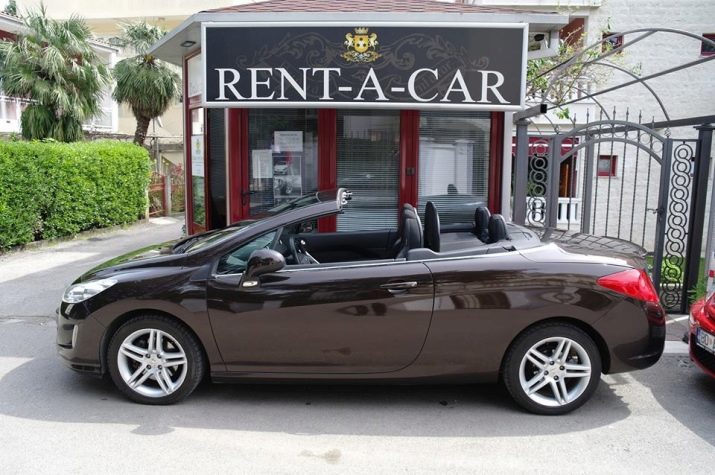
Some extreme travel lovers decide to go to Montenegro on motorcycles or even bicycles. In fact, it does not matter what to move around this amazing country, the main thing is to mark the right place on the map and hit the road. In addition, Montenegro has something to surprise travelers.
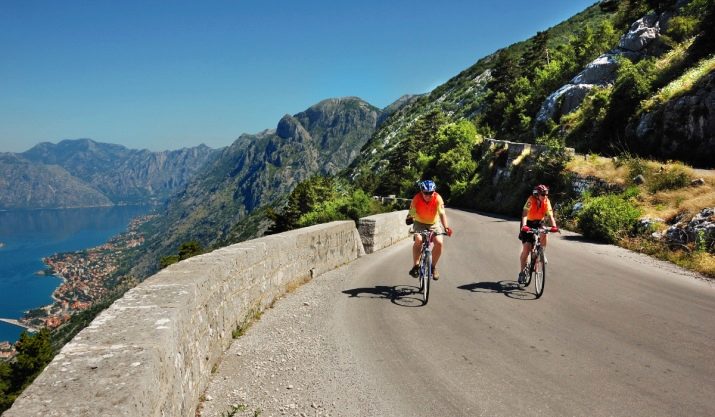
Cursed Mountains (Prokletije)
These are the most mysterious and dangerous mountains in the country, sometimes called the last wild strip of nature in Europe. The mountains are truly amazing: powerful, monumental peaks rush upward, forming an impregnable fortress.
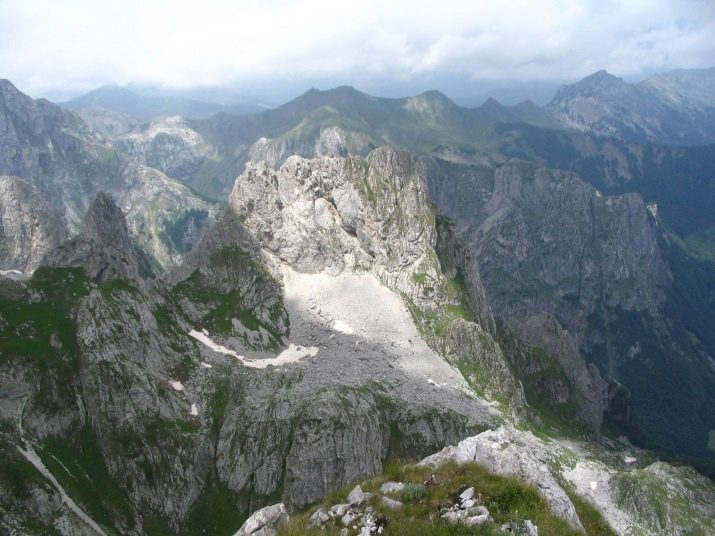
The name refers to the harsh living conditions faced by the inhabitants of these areas. There are still no tourist routes marked here, and there are stories among tourists about criminals and smugglers hiding there.
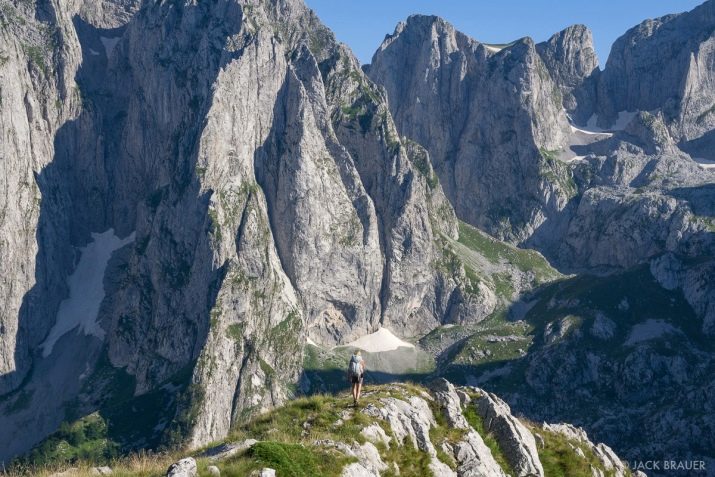
Niagara Falls
He, of course, is far from the famous Niagara of America. Unlike its eminent namesake, the Montenegrin waterfall is much smaller, but on the other hand it is quite wide, very beautiful, and is very impetuous during the flood period. It is noteworthy that it is located in an easily accessible place, so any tourist can visit it.
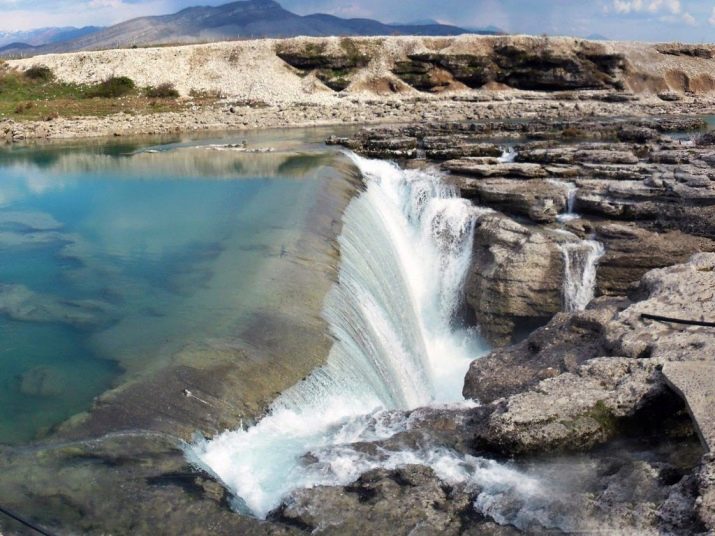
During hot years Niagara dries up, and tourists can admire the "lunar" landscape, which is often hidden under water. Next to it there is a restaurant serving local cuisine.
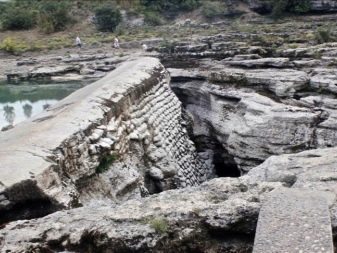
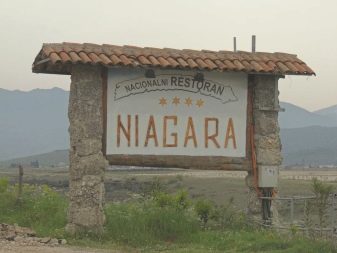
Dinaric mountains
Durmitor, which is one of the highest and most beautiful mountain ranges, belongs to the Dinaric Mountains. These mountains are popular trekking and cycling destinations.


Before going on a hike, it is worth worrying about a sufficient amount of water and food.
Almost to the middle of the massif there is an asphalt road, passing along which you can admire fabulous views. And further movement is possible only on foot or by bike. The effort that needs to be made to climb the mountain will pay off by contemplating the majestic landscapes.
The two canyons lying in the Durmitor National Park are absolutely phenomenal and unique. Holidays in these canyons will be ideal for rafting enthusiasts and admirers of breathtaking views.
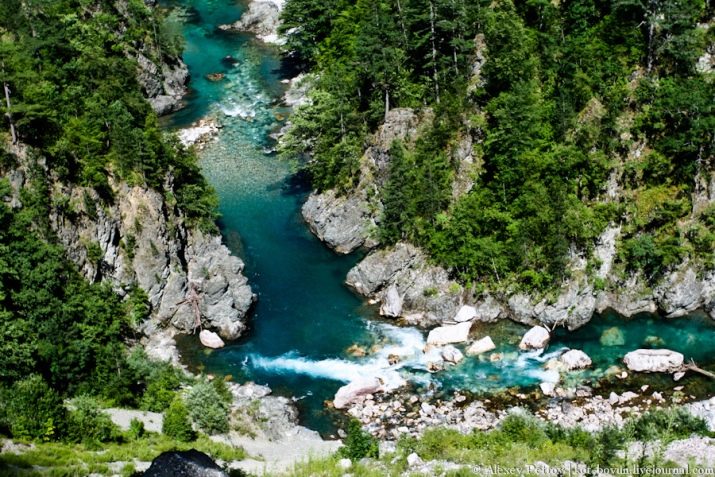
The following video is a list of attractions in Montenegro.








